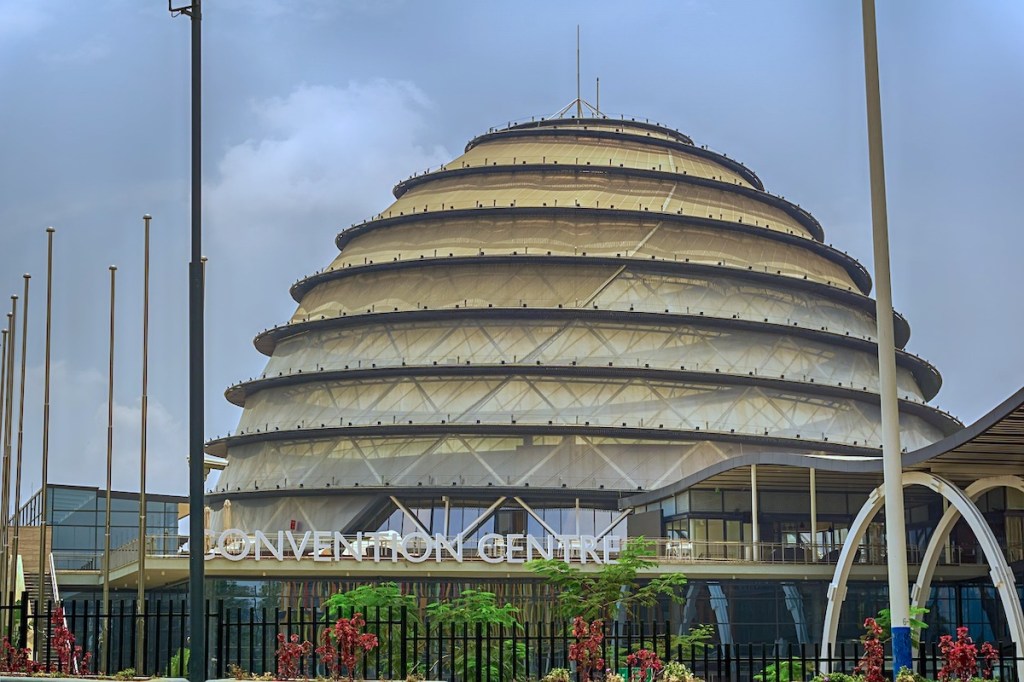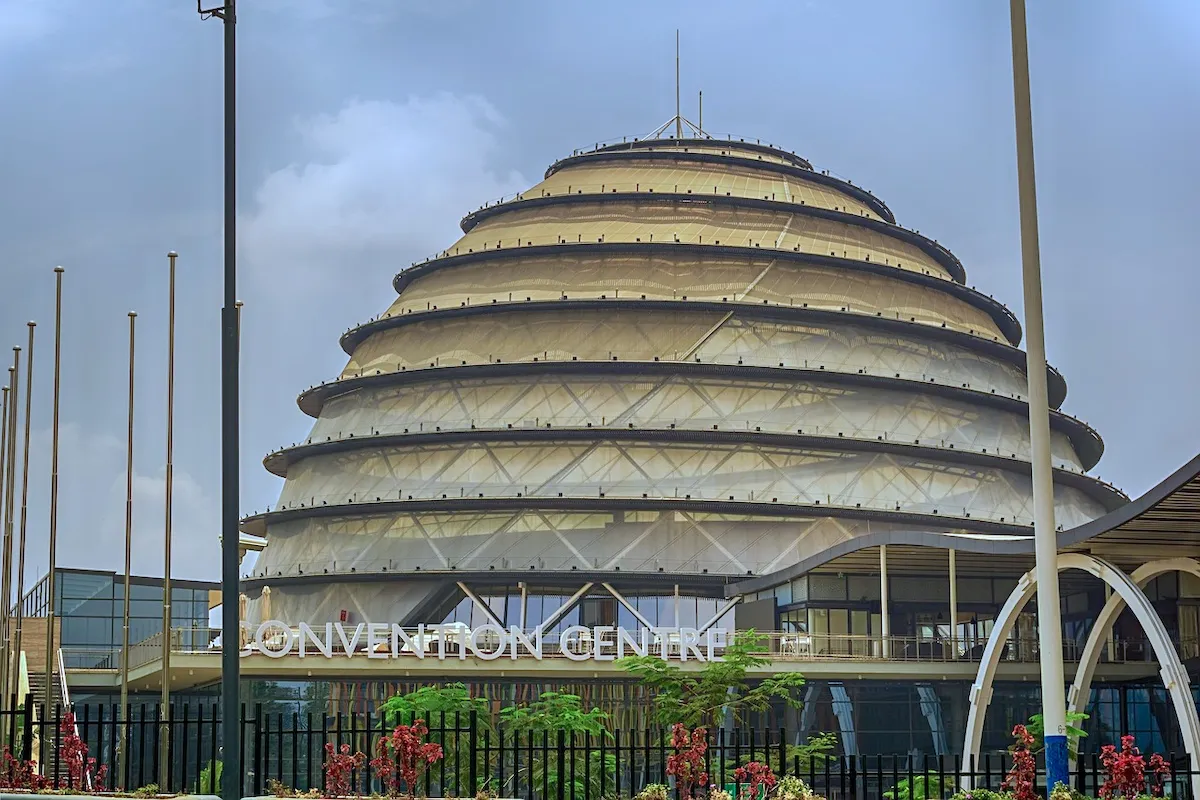
According to UFI’s latest global exhibition barometer, the global exhibition industry expects revenue to grow by 18% in 2025 and 16% in 2024. The data also reveal regional differences in recovery patterns and emerging challenges.
Comparing current performance with the 2019 benchmarks shows a significant shift in power in the exhibition industry. While global space rentals are up 9% from the overall pre-pandemic level, traditional market leaders are still struggling. Germany (-12%), China (-8%) and France (-2%) remain below the 2019 levels, while India (+40%), Argentina (+34%) and Malaysia (+22%) The level is far from exceeding its pre-popular performance.
Regional performance consistency varies greatly. North America showed the most stable growth trajectory, maintaining 71% of companies reporting increased activity in the coming year. The Asia Pacific region showed the most volatile recovery, with only 42% of companies forecasting growth (+14% compared to 2019).
Labor and financial health
The industry seems to be in a strong financial position, with 82% of companies reporting more than 20% of profit growth. This strength is particularly evident in markets such as Australia, France, Italy, Mexico, Spain, the United Arab Emirates, the United Kingdom and the United States. All surveyed companies reported profit growth.
This financial confidence is driving the expansion of the workforce, especially in the Middle East, Saudi Arabia (100%) and the UAE (86%) lead in recruitment intent. Globally, nearly half of companies (46%) plan to expand their workforce, while 51% will maintain their current levels.
AI accelerates digital conversion
The exhibition industry is embracing technological change at a historic pace. Since mid-2023, AI adoption has exceeded any digital transformations previously tracked by UFI. Sales, marketing and customer relationships have already jumped AI implementation from 37% to 54%, including a sharp rise of 15% over the past six months. R&D also followed, with AI adoption rising to 49%, up 11% over the same period.
Transfer industry priorities
The industry’s priorities show a clear development between short-term and medium-term perspectives. While domestic economic conditions are the most direct concern (23% of the response), the medium-term outlook prioritizes global economic development (20%), while domestic economic conditions decline to the fourth option, while 13% of the vote. It is worth noting that sustainability and climate issues surged when considering longer time frames, rising from seventh in short-term priorities and ranked second among medium-term concerns with a 7% priority, 15%, as well as geopolitical challenges.

